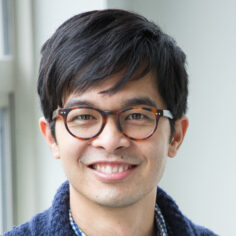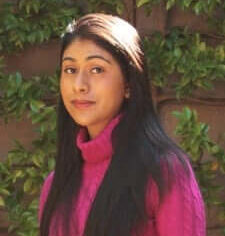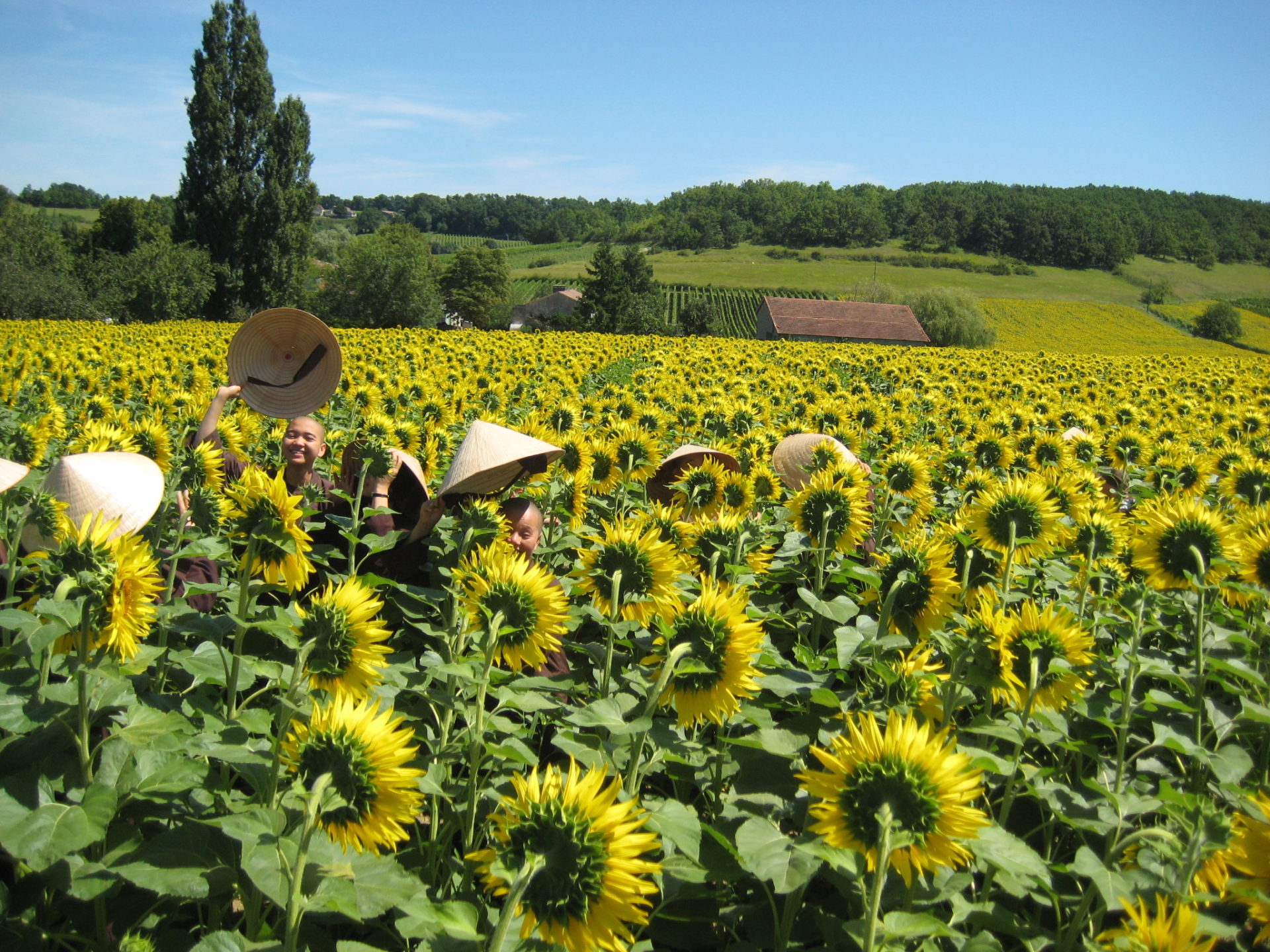Mindfulness with Youth in the Clinic and the Classroom
A Dialogue between Meena Srinivasan, Dzung Vo, and Young Whan Choi
By Dzung Vo, Meena Srinivasan in June 2015
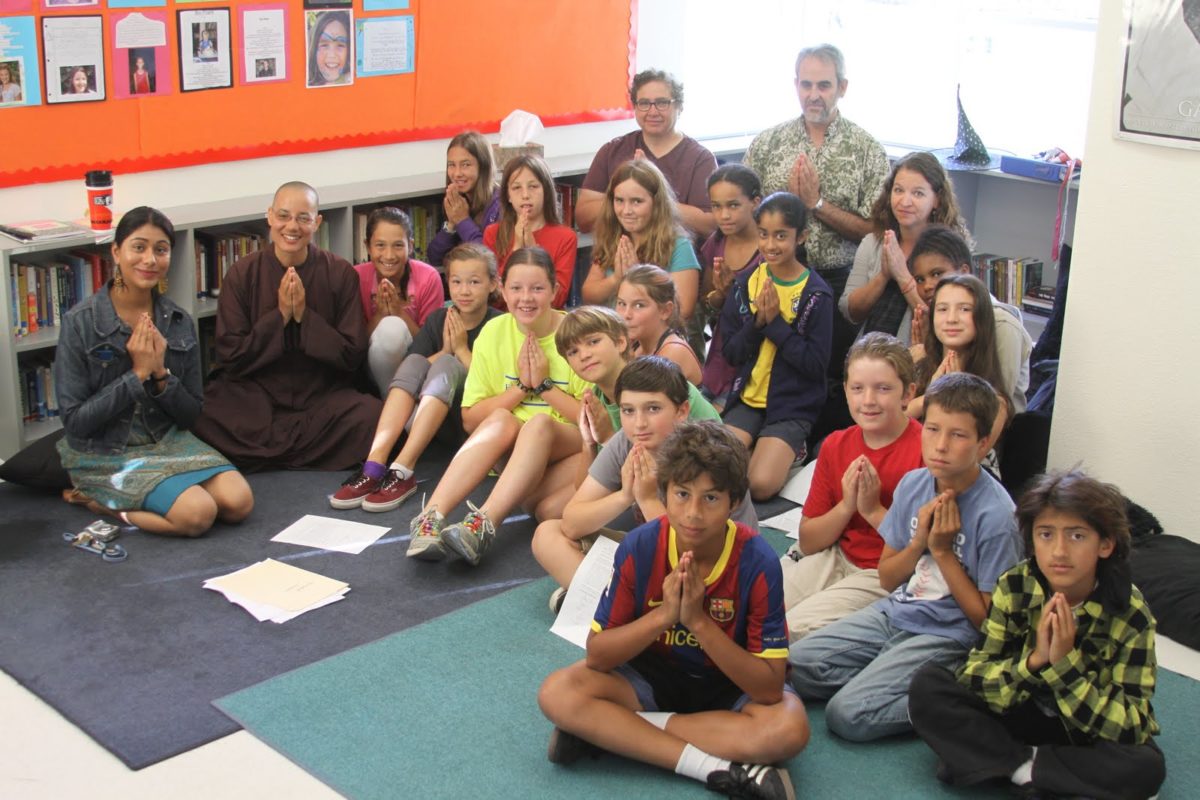
Young Whan Choi: It’s a pleasure to be hosting this conversation about how to bring mindfulness practice to young people.
Mindfulness with Youth in the Clinic and the Classroom
A Dialogue between Meena Srinivasan, Dzung Vo, and Young Whan Choi
By Dzung Vo, Meena Srinivasan in June 2015

Young Whan Choi: It’s a pleasure to be hosting this conversation about how to bring mindfulness practice to young people. Both of you have a wealth of experience in this arena. Perhaps each of you would begin by sharing your journey with mindfulness practice?
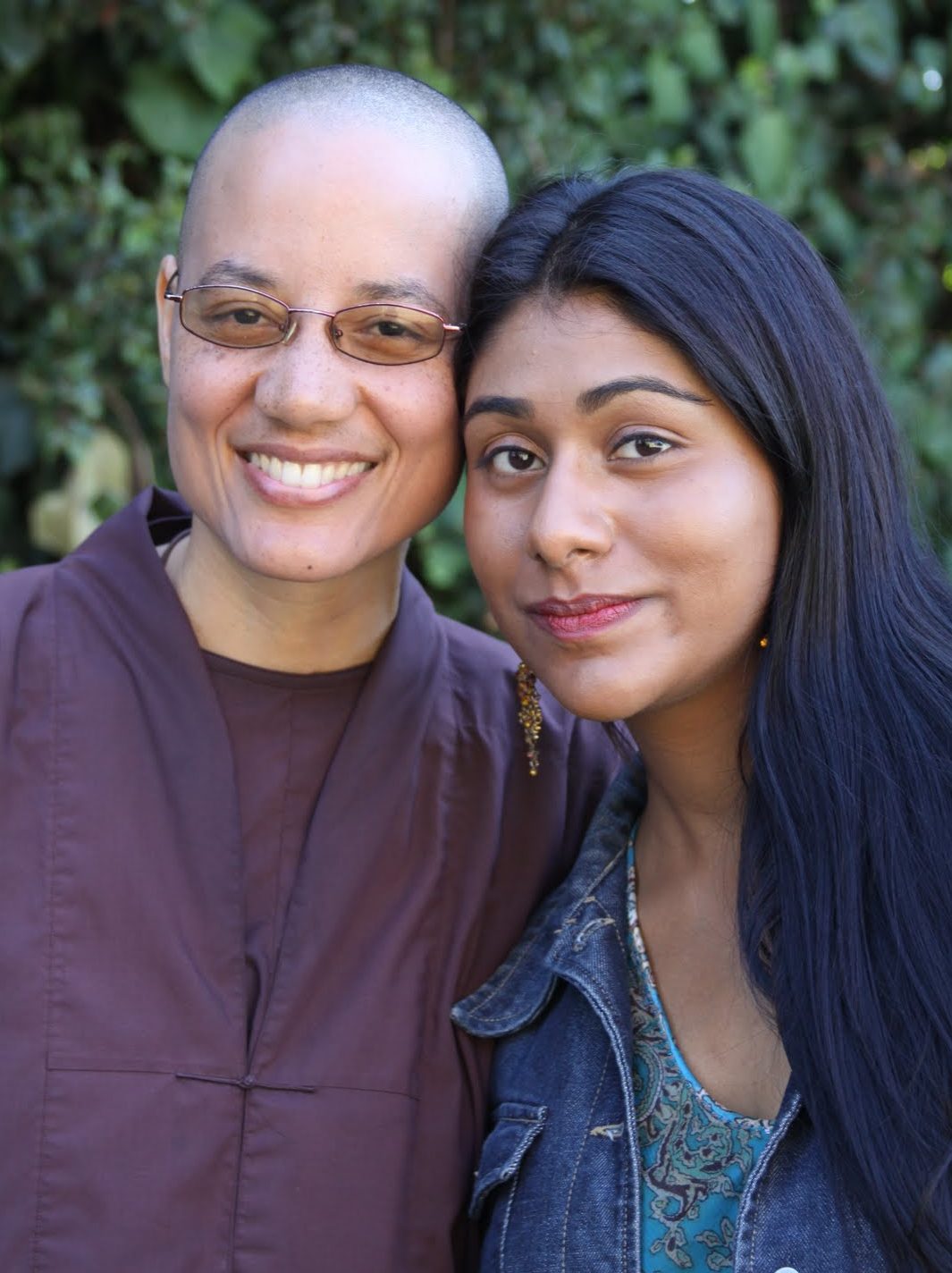
Meena Srinivasan: I’m a recovering overachiever. After college, I had the life-changing opportunity to defer a job while I spent a year teaching at an international school in Brazil. It opened me up to the joy of being a teacher, something I never thought I would do. After my year in Brazil, I moved to New York City, where I worked for the ABC Network in the hard news division. But as I went to work each day, I continued to create lesson plans in my head. After a year, I moved to the West Coast and began my career as an educator. I now serve as the Program Manager for the Social Emotional Learning1 and Leadership Development Team in the Oakland Unified School District.
Prior to moving to Oakland, I spent five years living in India, where I taught at the American Embassy School. We had a Sangha of teachers who practiced in the Plum Village tradition, and I was there when Thich Nhat Hanh came to India. I felt deep in my heart that I had found what I’d been looking for my whole life, which was this practice of mindfulness. Being in a supportive community, I was able to develop a practice that I could begin to share with my students. I was a classroom teacher for ten years, and now I’m in my second year outside the classroom, working to implement Social Emotional Learning throughout our large urban school district.
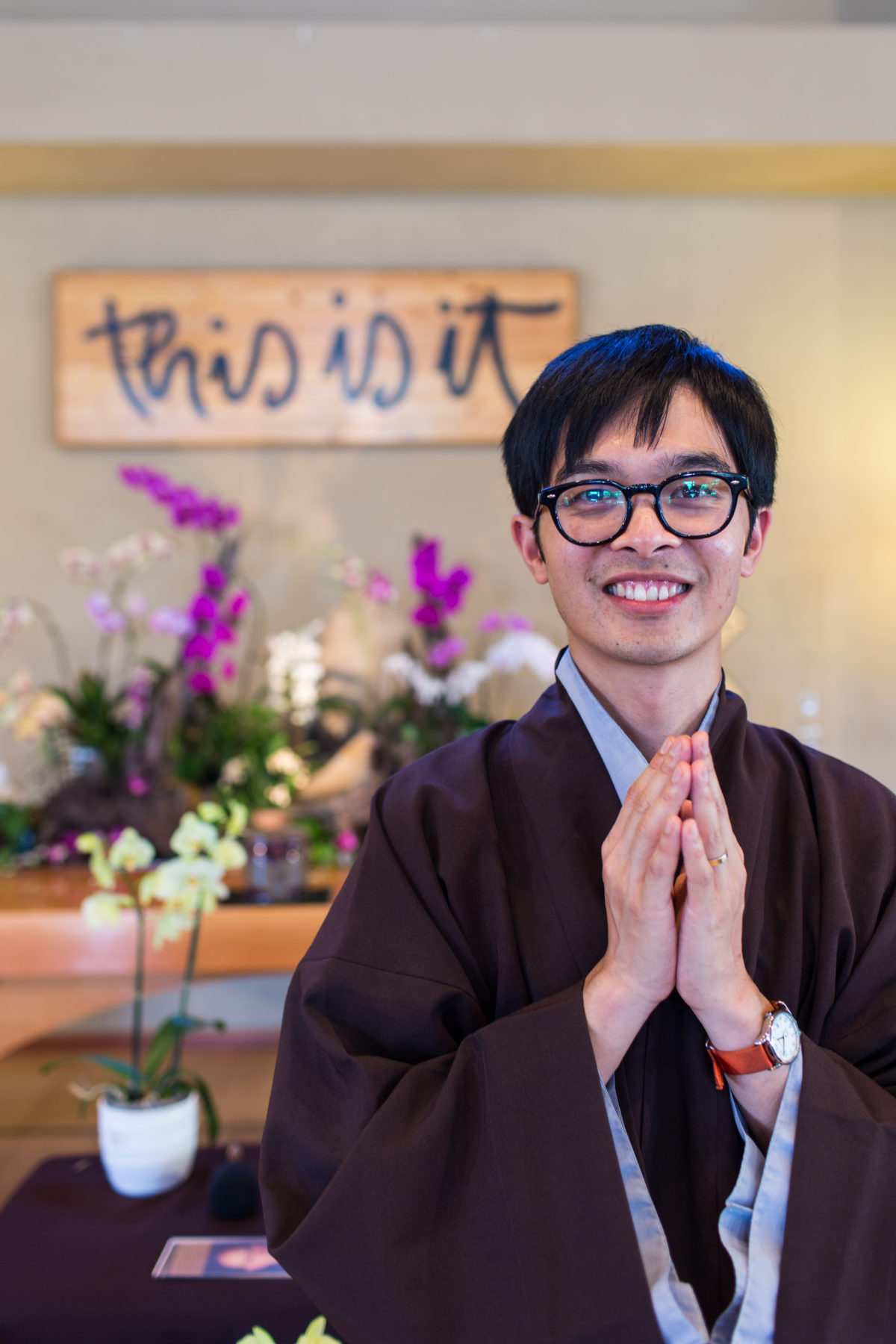
Dzung Vo: My father was a student of Thay’s in the 1960s in Vietnam, so I had been aware of mindfulness, meditation, and Buddhism growing up, but mostly as a philosophy. Just before I started medical school, I went on my first retreat with Thay at Plum Village in 1999. I experienced how mindfulness is a way of life and a way of being present––not just an idea, but a concrete life path. It was one of the most important experiences of my training, both as a physician and healer as well as a human being. Attending medical school was very intense and stressful, and I wouldn’t have gotten through it without a mindfulness practice to help keep me grounded and connected with my true intentions.
During my training, I began to want to work with young people. Many of the health issues I saw in teenagers were with stress-related conditions, so I studied pediatrics and sub-specialized in adolescent medicine, which is the field of pediatrics that deals with teenagers and their complex biopsychosocial health issues. These issues include depression and mental health issues, substance use, behavior, trauma, and violence, as well as stress in the family, the school, and the community. I began to explore how mindfulness practice could help these teens. After some research and training, I’ve been adapting mindfulness-based practices and offering them to the young people I work with.
YWC: Dzung, I wonder to what degree you need to translate or use different ways to talk about mindfulness practice with an audience of diverse youth?
DV: My intention is to offer it as a skillful means, and in this I am inspired by Thay, who had this idea of offering mindfulness practice in a secular way. I want to offer practices that are authentic and that I’ve experienced myself, that help to deal with stress, pain, anxiety, and depression, and help us live life more joyfully. I need to do that appropriately in a health care setting with a diverse audience, with people who may not be interested in Buddhism or who are more open to a psychological or scientific approach. There is a bit of translation, and at the same time I want to honor the roots of the practice: to acknowledge that there is a long history and tradition that can be offered in different ways, appropriate to different audiences.
YWC: Working in the field of education, there is a lot of expectation that we don’t use religious practice. Mindfulness is sometimes labeled a spiritual practice that therefore should be banned from our public schools. Meena, how do you explain mindfulness to the people you work with?
MS: Most important are the relationships with your students and your colleagues. Once, someone asked Thay in an interview, “How do you change the way you teach depending on the population you are working with?” Thay responded, “I just work to understand their suffering.” That has been a guide for me. It’s about me being authentic to myself and doing my best to understand my students and their struggles, and to engage in courageous conversations.
Mindfulness threads through all of the five Social Emotional Learning competencies. These skills are fundamental to creating conditions for learning. But mindfulness is also about wellness and well-being. Ultimately it’s about making the world a better place by equipping young people with mindfulness skills to help them face difficulties and live happily.
That’s not to discount the tradition or the roots at all; when you share mindfulness with others, you need a sense of integrity and wholeness, sharing from your heart and your personal experience. What is a concern to me is people taking a one-day course or reading a lesson on the Internet and thinking they know the practice. These practices are transmitted and shared through our relationships.
DV: When I invite young people to join our mindfulness group at the hospital, I tell them that mindfulness goes back thousands of years to Buddhism and other traditions from Asia, but you don’t need to be a Buddhist to practice mindfulness. I explain that I’m not going to ask them to believe or not believe anything; I’m just going to ask them to pay attention to their own experience.
When I’m direct and honest about it, the responses are generally positive. People who are interested in Buddhism think it’s cool and want to learn more. And families who identify themselves as fundamentalist Christians or Muslims say, “That doesn’t threaten my religion and I could possibly benefit from that,” and they’ve joined too. Once I’ve put it on the table, I’ve never had issues.
YWC: Meena, would you talk about the notion of courageous conversations? What does it look like to have a courageous conversation?
MS: First, I need to be deeply aware of what’s coming up inside me and try to understand the origin of my feelings. Next, I try to name my feelings and own them. Then I express my feelings to the other person in a skillful, compassionate, and vulnerable way, asking them to partner with me in trying to better understand the situation. Often we don’t talk about what is challenging for us, and then it builds up and becomes difficult, especially in a working situation. So another tool is to make agreements at the outset around how we want to work together.
YWC: Dzung, how do you approach those who are of different backgrounds and of different power and privilege? How do you come to them authentically and vulnerably, and with courage?
DV: For me it’s about coming with a sense of humility. In health care we have this concept of cultural humility, coming in as a student, without assumptions. One of the populations I work with is Aboriginal Canadians (of First Nations, Inuit, and/or Metis descent), who have a lot of the issues that Native Americans have in the United States, such as multi-generational trauma and poverty. They also have tremendous resilience and wisdom. I was working with a group of teen and young adult aboriginal mothers, offering an open house with food, workshops, and health care. One of the women said to me, “The reason I’m here is so I can learn to be a better mother for my child, because my mother didn’t know how to mother me, because her mother was taken away to residential schools.”
So this young woman had the opportunity to reconcile and transform the suffering from the legacy of colonialism. I told her that this is consistent with Thay’s teachings about reconciliation and healing our inner child and our ancestors. It’s through these types of relationships that I am able to offer the practice so we can all learn from each other.
MS: In my work, we like to take a stance of humble inquiry. When I was living in India, I spent time sharing mindfulness practices with the Dalit community, the Untouchables. I was born into the upper caste in India, and there are many historical issues between these castes. So it was a wonderful opportunity to work through a lot of feelings that came up around my ancestors, and to be a part of reconciliation within myself, with all of my past generations, and also with this community.
Besides having humility, it was essential not to make assumptions––instead, to see others as myself. The teachings around how our practice affects future and past generations have been liberating for me, and I feel blessed to have had this experience.
YWC: Whether it’s stress management or a variety of health concerns, mindfulness is being touted as the answer to so many things. I think you each have concerns about the notion that mindfulness is a panacea for all our social illnesses. Would you elaborate on this?
DV: Thay teaches that “I suffer because you suffer,” that suffering is not an individual matter. In medicine there’s a related concept, called social determinants of health, about how people’s mental and physical health is strongly related to their social environment and to socioeconomic and historical factors––things like poverty, racism, colonialism, and violence in the community. So we can’t just look at the individual for healing.
On one hand, I’m strongly motivated to help youth learn tools to be resilient to the stress and traumas of their life, but at the same time, we can’t use their potential resilience as an excuse not to change the social environment. We need to help young people grow up in healthier environments, and that means tackling the major social problems that are confronting our communities. So we have to do both: we have to help young people be resilient and thrive in the face of difficulty, but we also have a responsibility to improve our society.
MS: For me, mindfulness absent of social justice, absent of equity, isn’t connecting with the way it’s transmitted to us in this tradition. When you start to deeply practice mindfulness, I think you will hear a call for action that’s in alignment with making the world a better place. A friend of mine was working in a bank and began meditating. I talked with him about how right livelihood isn’t independent of right mindfulness or right speech or right concentration. During the time of the Occupy movement, he quit his job because he felt like his job wasn’t in alignment with his practice. It was a beautiful example of how powerful this practice is and how it can inspire us to reflect deeply on right livelihood. I think mindfulness continually plants seeds for making the world a better place. We can’t forget that mindfulness rests on the ethical foundation of interbeing, and when we are truly practicing, we are called into action to make the world a better place.
YWC: In closing, could each of you introduce your book and what your intention was in writing it, what you hoped your readers would get from it? Meena, would you start?
MS: Sure. My book is called Teach, Breathe, Learn: Mindfulness in and out of the Classroom. I never set out to write a book, but five years ago I began documenting how I share the practice in a blog, and eventually a few publishers contacted me about writing a book.
The book has three parts. The first is around developing your own personal practice. It is grounded in Thay’s teachings, contextualized and made accessible for educators, caregivers, and anyone who’s working with young people. The second part is about sharing the practice with others. The last part is a curriculum where I utilized the Understanding by Design framework (UbD) to create lessons. UbD involves identifying learning goals and planning toward those goals. The lessons are concrete with an emphasis on mindfulness as a skill we can build in order to manage our lives more mindfully. I’ve structured my curriculum with a unit plan, which guides the entire unit. The course has three essential questions: Why be mindful? What is mindfulness? How can I be mindful?
In using the UbD process to design my mindfulness unit, I had to think with the end in mind by starting with the “enduring understanding” that I wanted for my students. Enduring understandings are what I want my students to take with them for the rest of their lives. They are the reason why I’m teaching what I teach.
There are a lot of students’ and teachers’ voices woven throughout the book. It is an offering of my heart and an example of doing what you love and sharing it. Now it’s out there in the world having a life of its own. Teach, Breathe, Learn is an honoring of Thay because bringing mindfulness into education is a seed that he planted.
DV: My book is called The Mindful Teen: Powerful Skills to Help You Handle Stress One Moment at a Time. It came out of the work I was doing with Dr. Jake Locke at British Columbia Children’s Hospital, where we developed a mindfulness group for teenagers with stress, anxiety, depression, and pain. A lot of it came from our personal practices, and we also brought in elements of Mindfulness-Based Stress Reduction (MBSR) and Mindfulness-Based Cognitive Therapy (MBCT). The book’s purpose is to be a complement to the group. I couldn’t find a good book that was written directly to teens in secular language, so I wrote it out of necessity.
The Mindful Teen is written directly to a teen audience in teen-friendly language. The basis of it is the curriculum and the practices of our group at the hospital. I’ve included a lot of stories that the teens have shared in the group, in their own words. I think that’s the best part of the book––the wisdom and voices of the youth. My hope is that this book might be a useful complement to youth mindfulness programs in health or educational settings, and also a resource for youth to guide themselves in what Thay calls “the art of mindful living.”
YWC: Dear friends, deep gratitude to both of you for sharing your insights and creativity in how to offer mindfulness to young people. We dedicate the merits to all beings.
1 Social Emotional Learning is “the process through which children and adults develop the fundamental skills for life effectiveness. These are the skills we all need to handle ourselves, our relationships, and our work effectively and ethically” (source: Oakland Unified School District). The five skills taught to adults and students are: self-management, self-awareness, social awareness, relationship skills, and responsible decision-making. Strengthening our social emotional skills and competencies enhances our ability to connect across race, class, culture, language, gender, gender identity, sexual orientation, learning needs, and age.
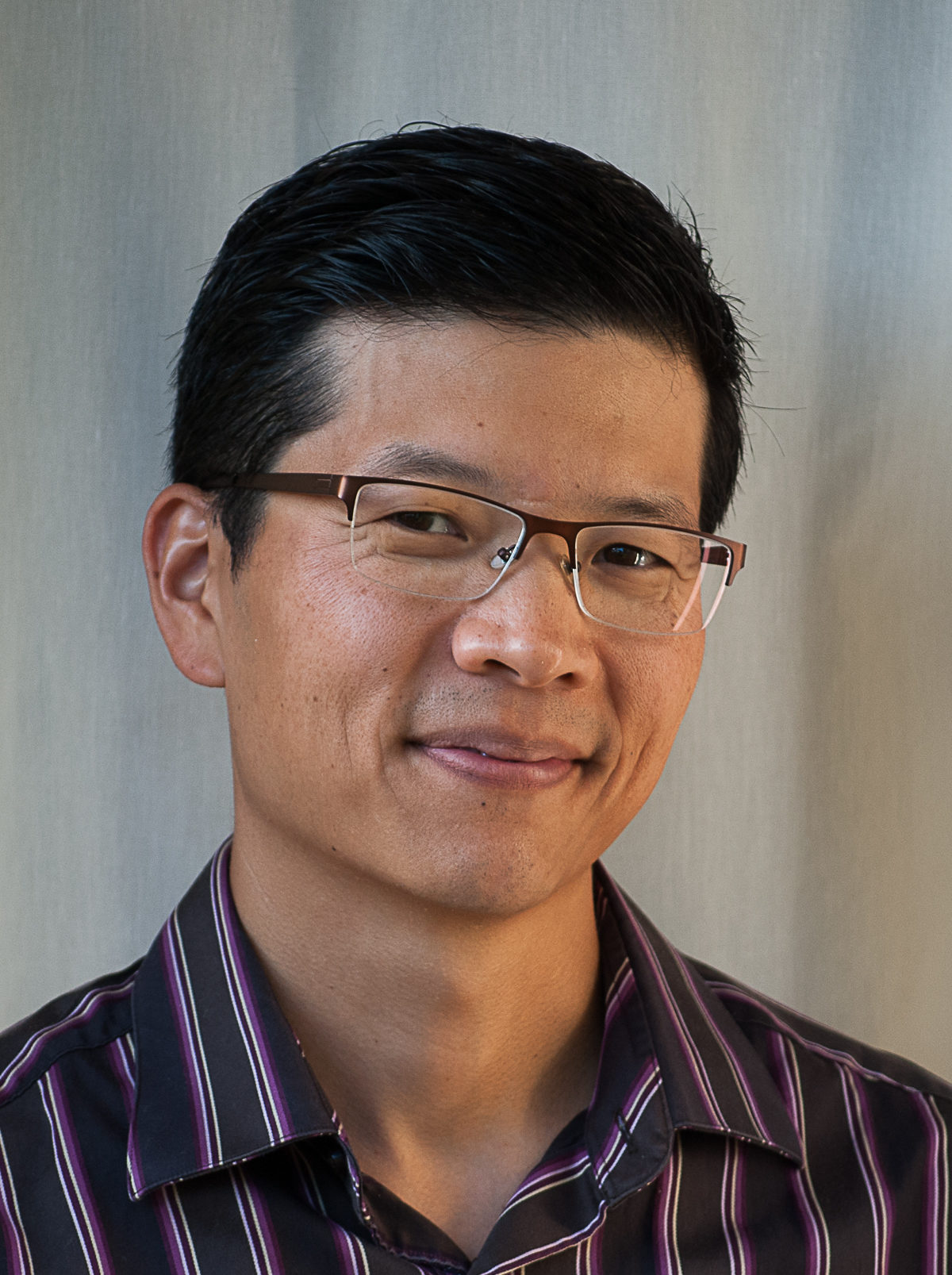
Young Whan Choi has worked in public education for over fifteen years and currently leads a civic engagement initiative in the Oakland Unified School District. He received the Five Mindfulness Trainings and the name Radiant Forest of the Heart at Deer Park Monastery in 2007. He sits, laughs, and sings with the Hellajust and Compassionate Sangha, a people of color practice space in Oakland, California.
